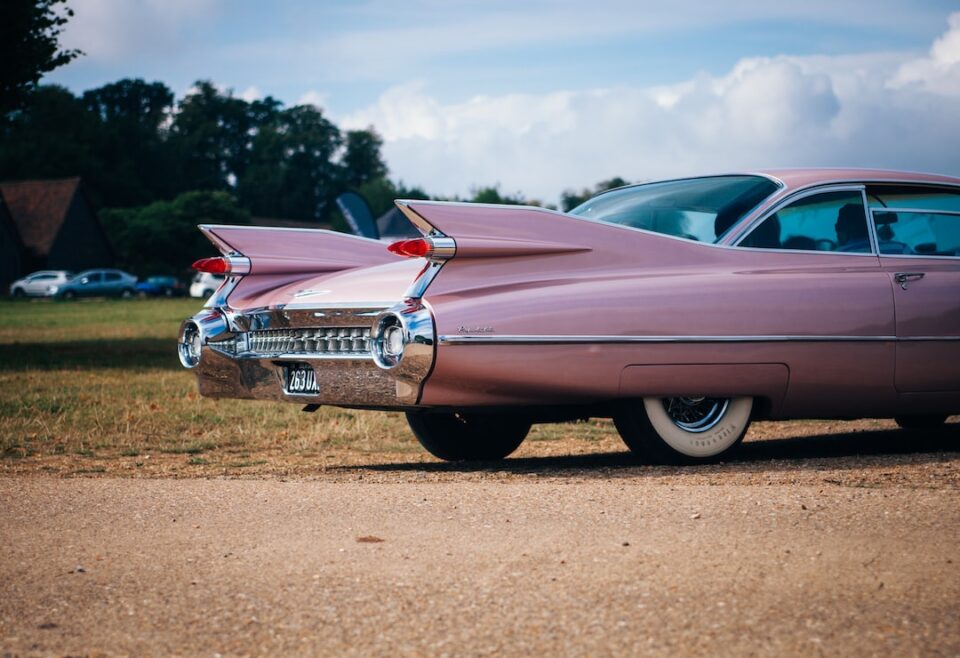Debunking Common Car Myths
When it comes to automobiles, there are countless myths and misconceptions that have been passed down through generations. From fuel efficiency to maintenance, these myths can often mislead car owners and potentially impact their driving experience. It’s time to set the record straight and debunk some of the most common car myths out there.
Myth: Warming up the engine before driving is necessary.
Reality: In the past, it was believed that letting your car idle for a few minutes would help warm up the engine and ensure a smooth drive. However, modern cars are equipped with advanced technologies that have made this practice obsolete. In fact, driving your car gently for the first few minutes is a more effective way to warm up the engine and improve fuel efficiency.
Myth: Premium fuel enhances performance.
Reality: Unless your car specifically requires premium fuel, there is no significant advantage to using it. The octane rating mentioned on fuel pumps indicates a fuel’s ability to resist knocking. If your car’s manufacturer recommends regular gasoline, using premium fuel will not enhance its performance in any way. Stick to the fuel type that your car’s manual suggests, and you’ll be just fine.
Myth: Manual transmissions are more fuel-efficient than automatics.
Reality: This myth has been around for a long time. However, thanks to technological advancements, modern automatic transmissions perform just as well, or sometimes even better, than their manual counterparts. The fuel efficiency of your car primarily depends on its design, aerodynamics, and engine, rather than the type of transmission it has.
Myth: You have to change your oil every 3,000 miles.
Reality: This recommendation used to be true for older cars. However, with improvements in engine lubrication technology and the use of synthetic oils, changing your oil every 3,000 miles is unnecessary for most cars manufactured in the last decade. Checking your car’s manual for the manufacturer’s recommended oil change interval is the best way to ensure optimum engine performance.
Myth: Red cars are more expensive to insure.
Reality: The color of your car has no impact on your insurance rates. Instead, insurance companies base their premiums on factors such as the make, model, age, engine size, and driver’s personal record. So, you can choose the color of your car based on your personal preference without worrying about its effect on insurance costs.
By debunking these common car myths, we hope to dispel any confusion and provide you with accurate information. Understanding the reality behind these misconceptions will help you make informed decisions about your car’s maintenance, fuel usage, and more. Always consult your car’s manual and seek advice from trusted professionals to ensure the best care for your vehicle.

